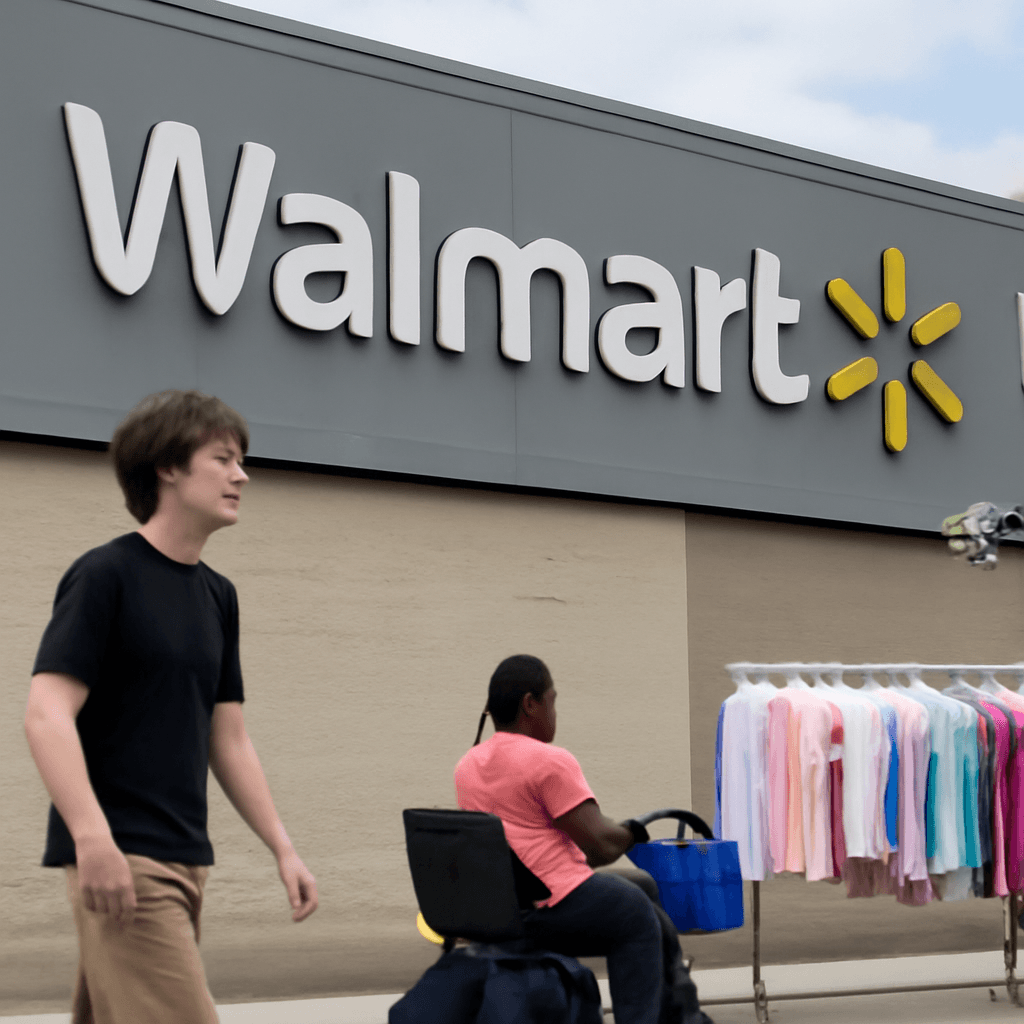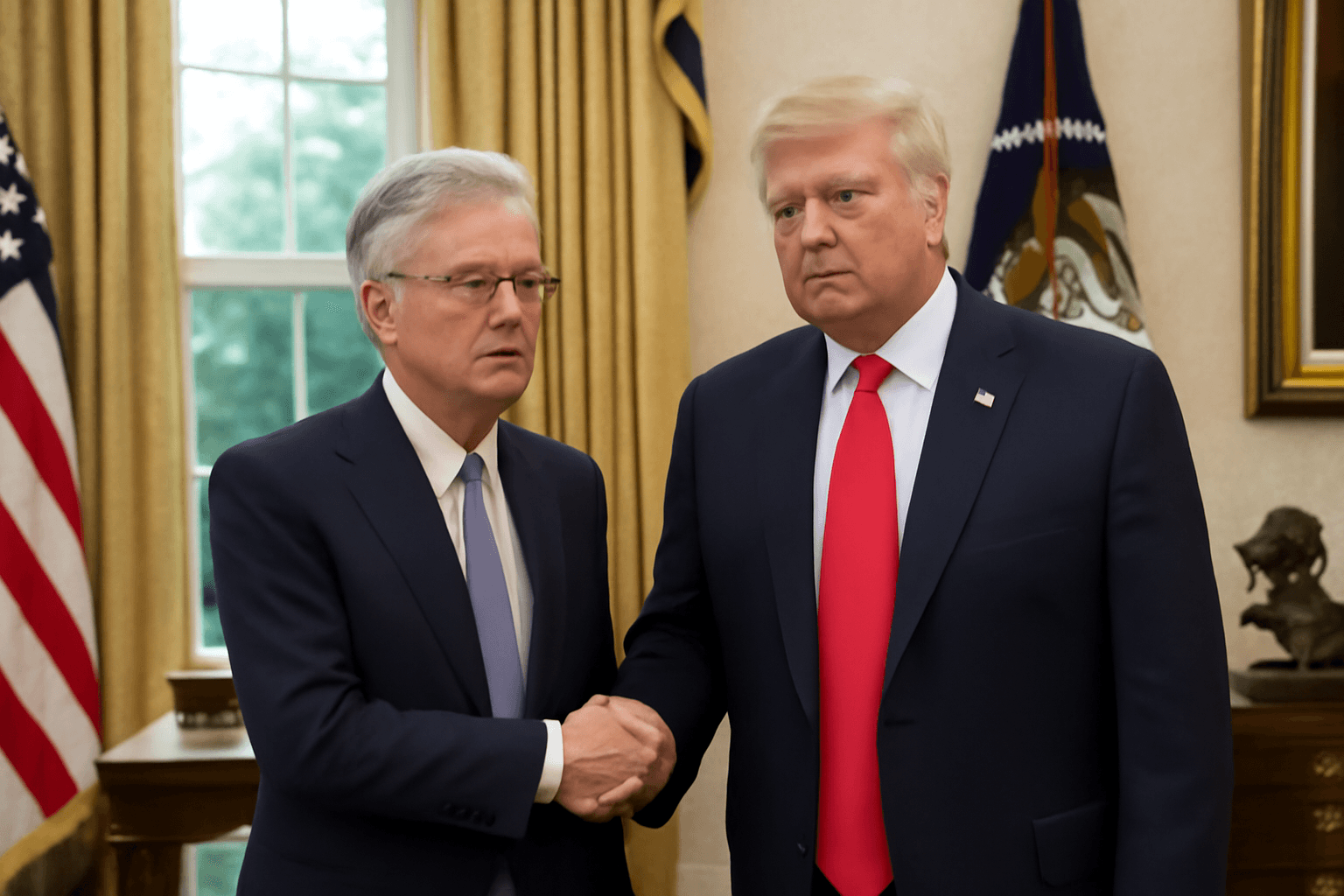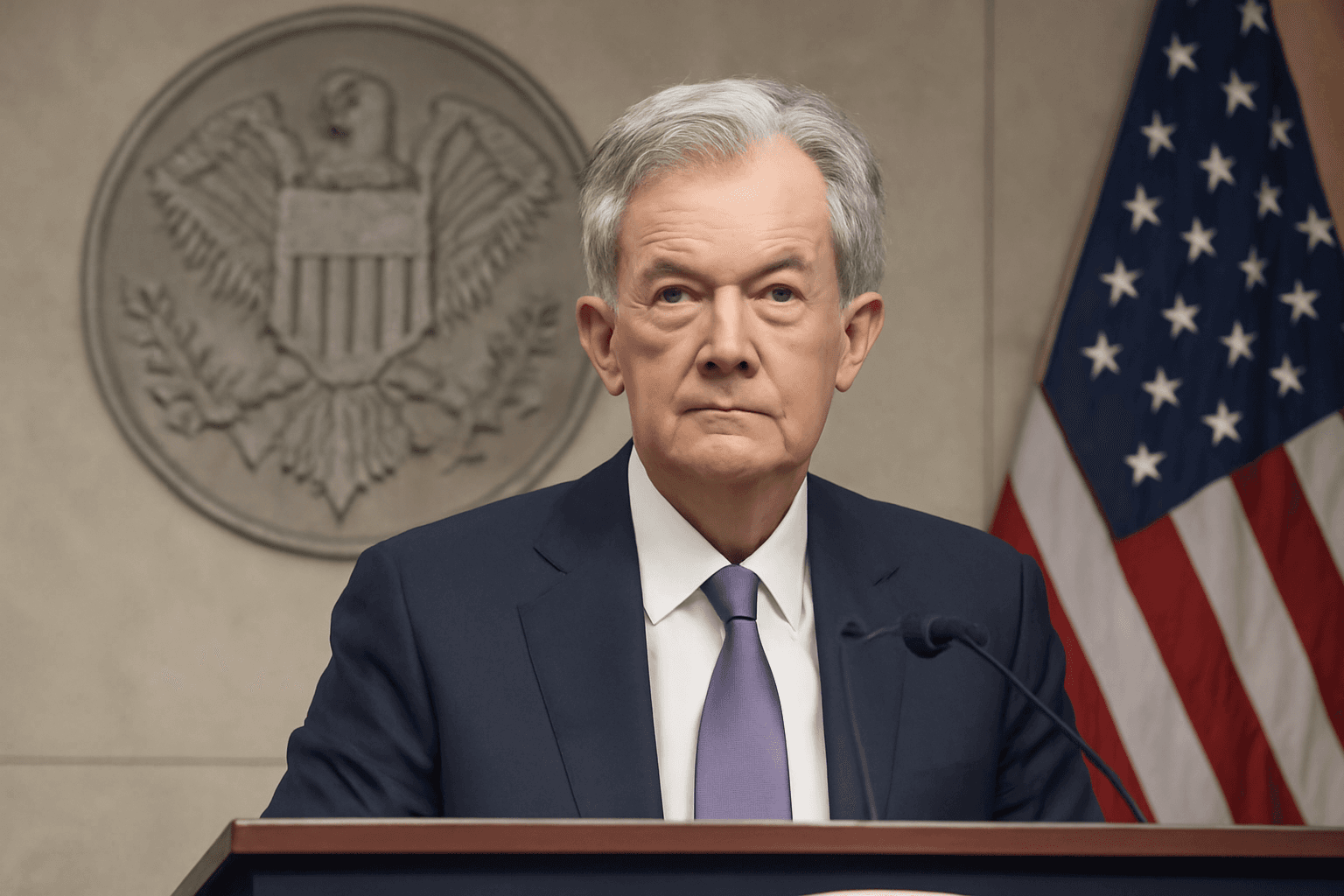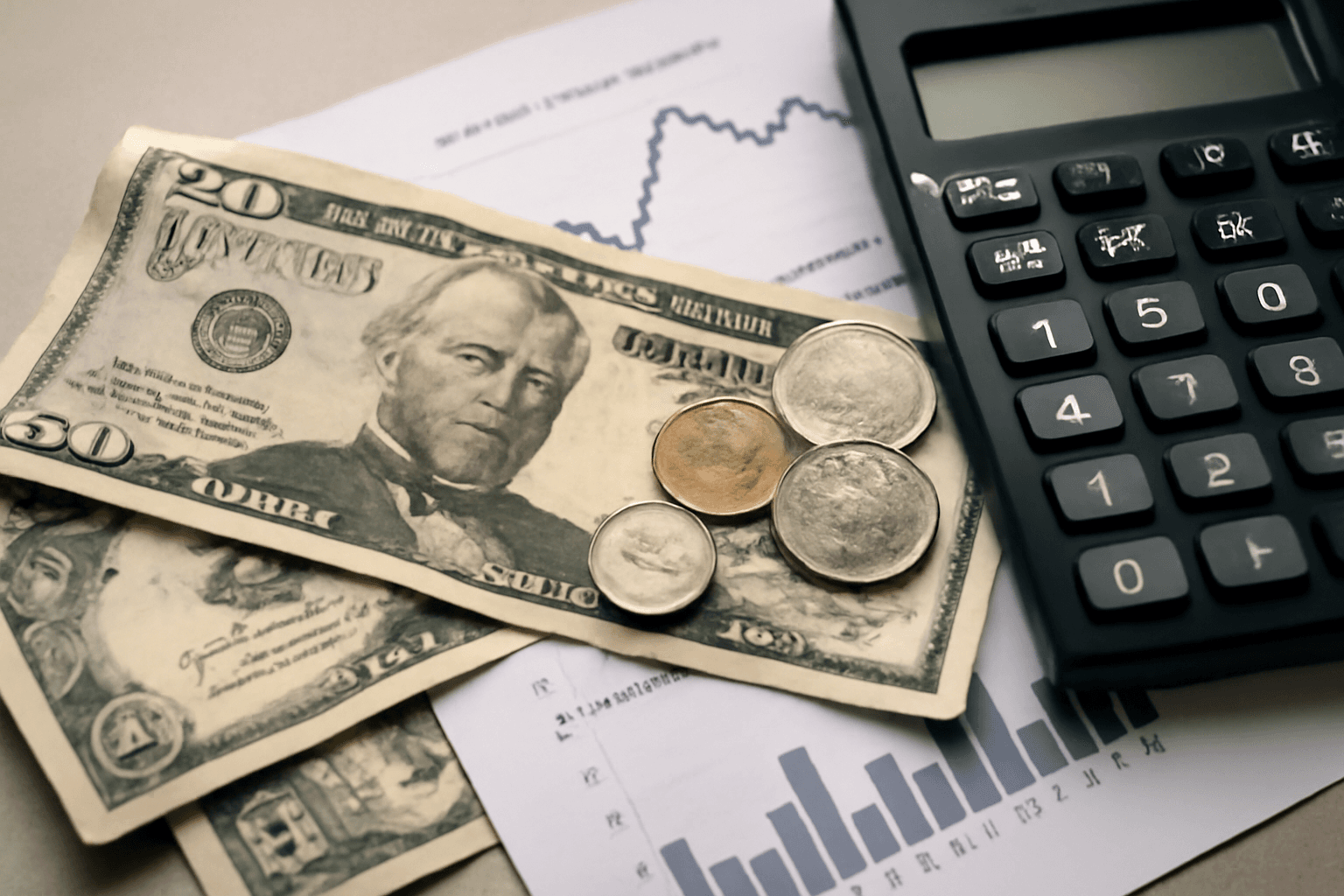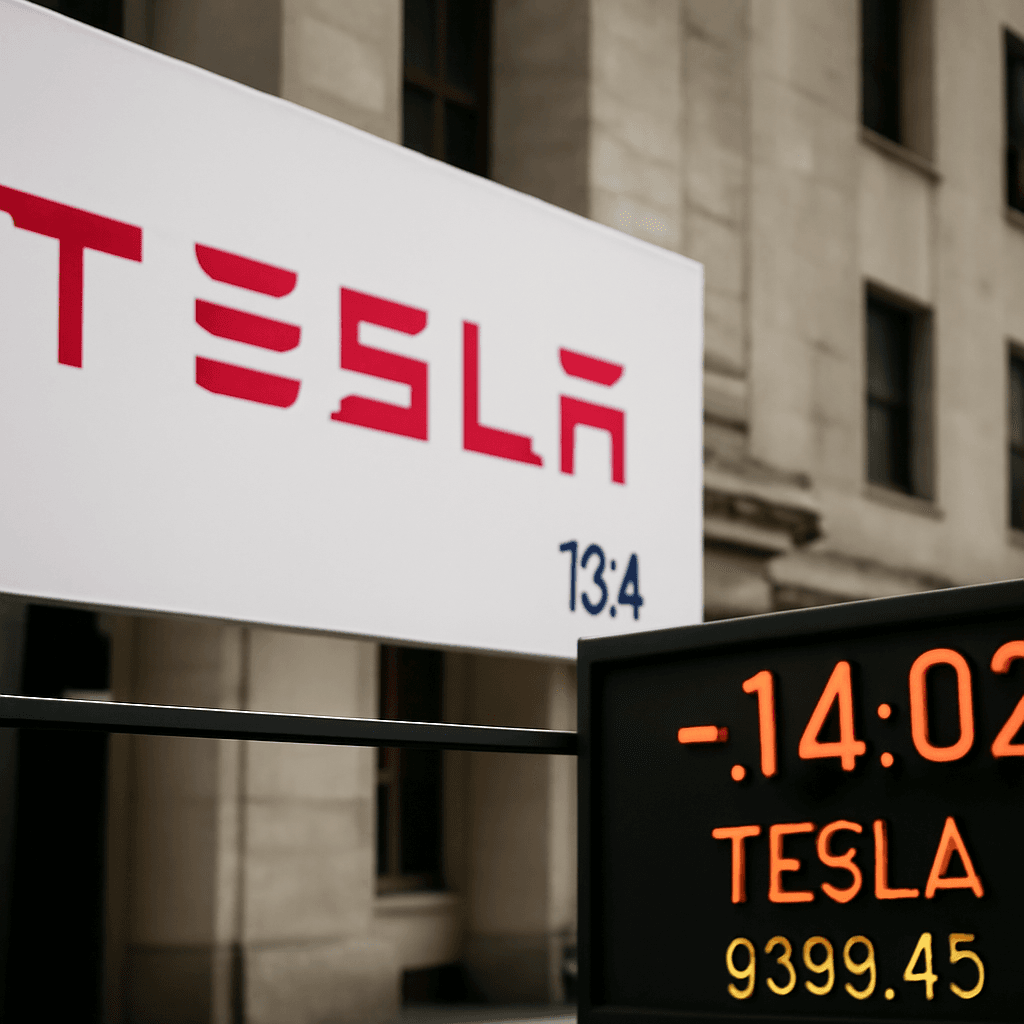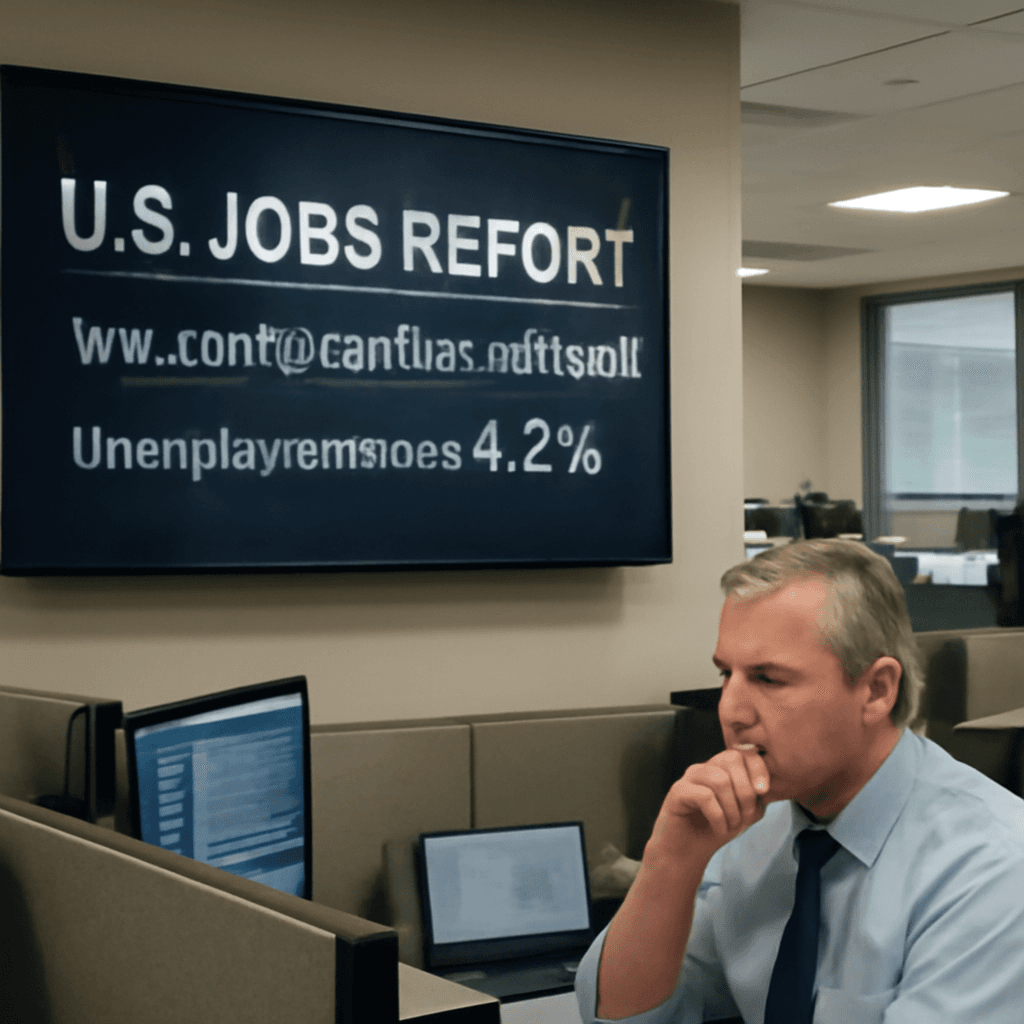US Retail Sales Surge in June: Economic Growth or Inflationary Pressures?
In June 2025, American consumers propelled retail sales beyond expectations, challenging economists to decipher whether this upswing signals genuine economic recovery or merely reflects increased prices driven by tariffs. As these figures unfolded, the Federal Reserve faced mounting pressure to strategize its interest rate policies carefully amid inflation concerns.
Stronger Retail Sales Amidst Uncertain Inflation
The U.S. Commerce Department’s report revealed a 0.6% increase in retail sales in June, rebounding sharply from May’s 0.9% decline. This bounce suggests a modest acceleration in economic activity, yet economists caution that higher prices caused by tariffs on imports may be inflating these figures. Retail sales typically provide a vital barometer for consumer demand, reflecting Americans’ spending habits, but when price hikes dominate, real purchasing power can be obscured.
Notably, sales have grown 3.9% year-over-year, yet much of this growth can be attributed to tariff-driven price increases on goods such as household furnishings, appliances, sporting goods, and toys. Many economists posit that consumers rushed to buy goods last month anticipating future price increases — a phenomenon that can artificially boost sales temporarily.
The Role of Autos, Building Materials, and Services
Auto dealerships led the sales surge with a 1.2% increase in receipts. Paradoxically, auto manufacturers reported a drop in unit sales, signaling that the revenue gain stemmed from higher vehicle prices, not more cars sold. Similarly, building material and garden equipment stores, along with clothing retailers, saw sales rise by 0.9%, while online retail also expanded by 0.4%. Food services and drinking places, a key indicator of consumer confidence and household financial health, grew by 0.6%, suggesting Americans are willing to spend on experiences despite economic headwinds.
However, certain sectors such as electronics and appliances saw declining sales, possibly due to consumers pushing back against tariff-fueled price surges, indicating a nuanced consumer response to inflation.
Labor Market Resilience Supports Consumer Spending
The retail sales uptick coincides with a strengthening labor market. The Labor Department reported initial unemployment claims fell to a three-month low, with last week’s figure at 221,000 claims—below economists’ expectations of 235,000.
Experts like Barclays’ Jonathan Millar note that this data paints a picture of a more resilient consumer environment than previously thought. With nonfarm payrolls up by 147,000 jobs in June and claims decreasing between survey periods, the labor market appears stable, underpinning consumer confidence.
Federal Reserve’s Delicate Balancing Act
Despite the positive signals, the Federal Reserve is expected to maintain its benchmark interest rate at the current 4.25%-4.50% range, a level held steady since December. According to ING’s Chief International Economist James Knightley, “there is little pressing need for another interest rate cut” as the economy shows firmness in activity and employment. This suggests the Fed is cautiously monitoring inflation pressures, especially those emanating from tariffs, before adjusting monetary policy.
Tariffs and Inflation: The Hidden Story Behind Rising Costs
While consumers continue spending, inflation — particularly from tariffs — erodes real gains. Core retail sales (excluding volatile sectors such as autos and food services) rose by 0.5%, indicating moderate demand. However, adjusting for inflation suggests consumer spending is advancing only marginally.
Import price data reveals that foreign exporters are largely passing tariff costs onto U.S. buyers, with import prices from China, Japan, and the EU climbing, whereas prices from Canada and Mexico fell slightly. This resistance by foreign suppliers to absorb tariffs raises critical questions about the long-term impact on American consumers’ purchasing power and overall economic growth.
Risks Looming for Labor and Consumer Spending
Trade uncertainties continue to weigh heavily on business hiring decisions, limiting job growth momentum. The average duration of unemployment is extending for many workers, even as initial claims drop. Wage growth has slowed, while declining home prices in various regions reduce household wealth—a vital component of consumer confidence.
Experts warn that these factors, combined with inflation fueled by tariffs, could temper spending in coming months. The interplay between these dynamics presents a complex challenge for policymakers striving to foster sustainable growth without igniting inflation further.
Looking Ahead: What This Means for the American Economy
The June retail sales rebound illustrates the delicate balancing act facing the U.S. economy: robust consumer spending supported by a resilient labor market but shadowed by inflationary pressures from tariffs. The Federal Reserve’s cautious stance on interest rates reflects this complexity, as premature easing could exacerbate inflation while delayed action risks slowing growth.
For policymakers and consumers alike, critical questions remain:
- Will consumers sustain their spending as inflation chips away at real incomes?
- Can the labor market maintain its strength amid ongoing trade tensions?
- How will the Fed navigate this uncertain terrain without triggering economic instability?
Answering these will require close observation of upcoming economic indicators and nuanced policy responses that consider both growth and cost-of-living pressures.
Editor’s Note:
The recent U.S. retail sales rebound offers a cautiously optimistic outlook on economic activity but also underscores inflation’s persistent bite, especially from sustained tariffs. As Americans wrestle with higher prices, their spending patterns may shift unpredictably, challenging assumptions about the economy’s true health. For policymakers, this underscores the need for a delicate and data-driven approach to interest rates and trade policies. Readers should watch future labor and inflation reports closely—because beneath these headline numbers lies a complex story of resilience and risk in the American economy.



